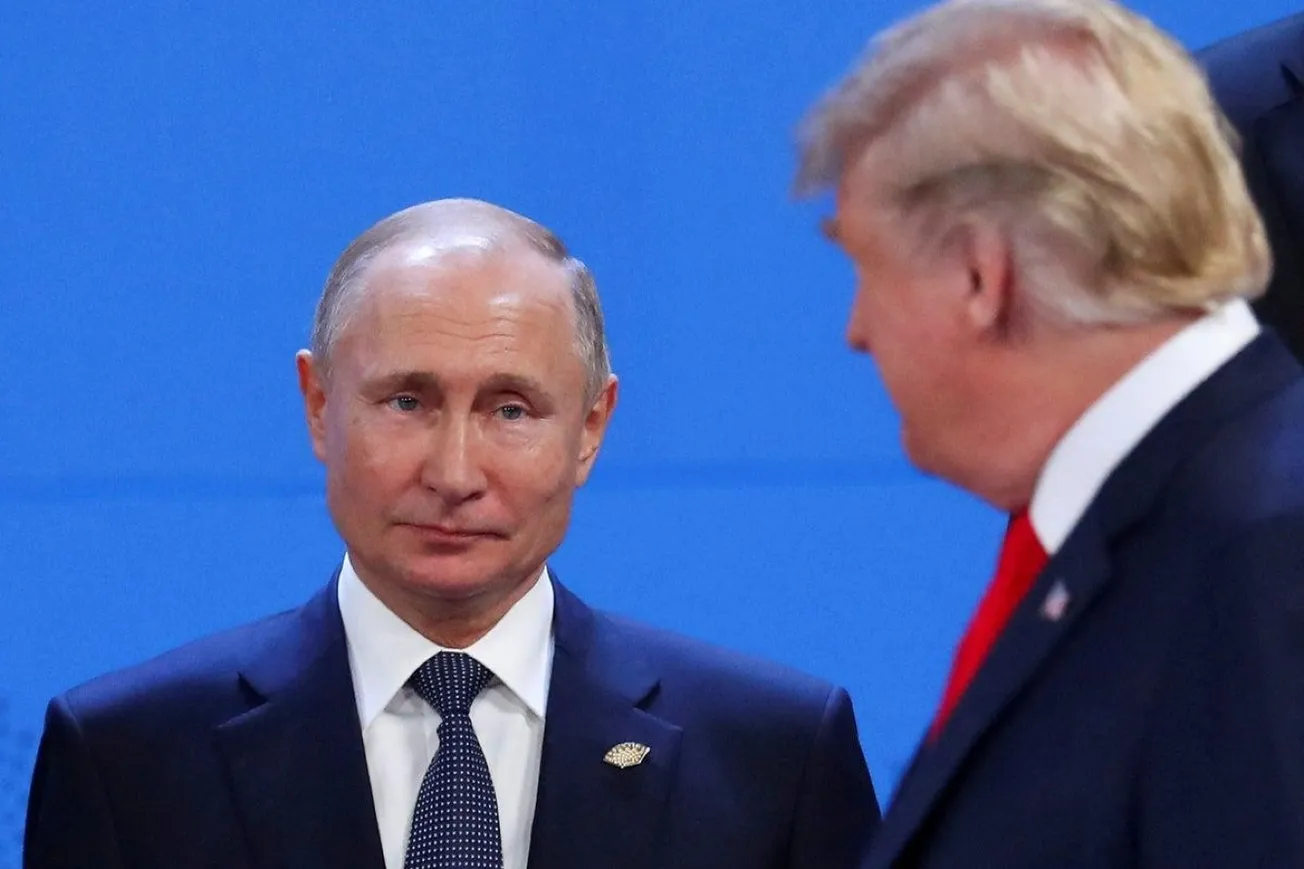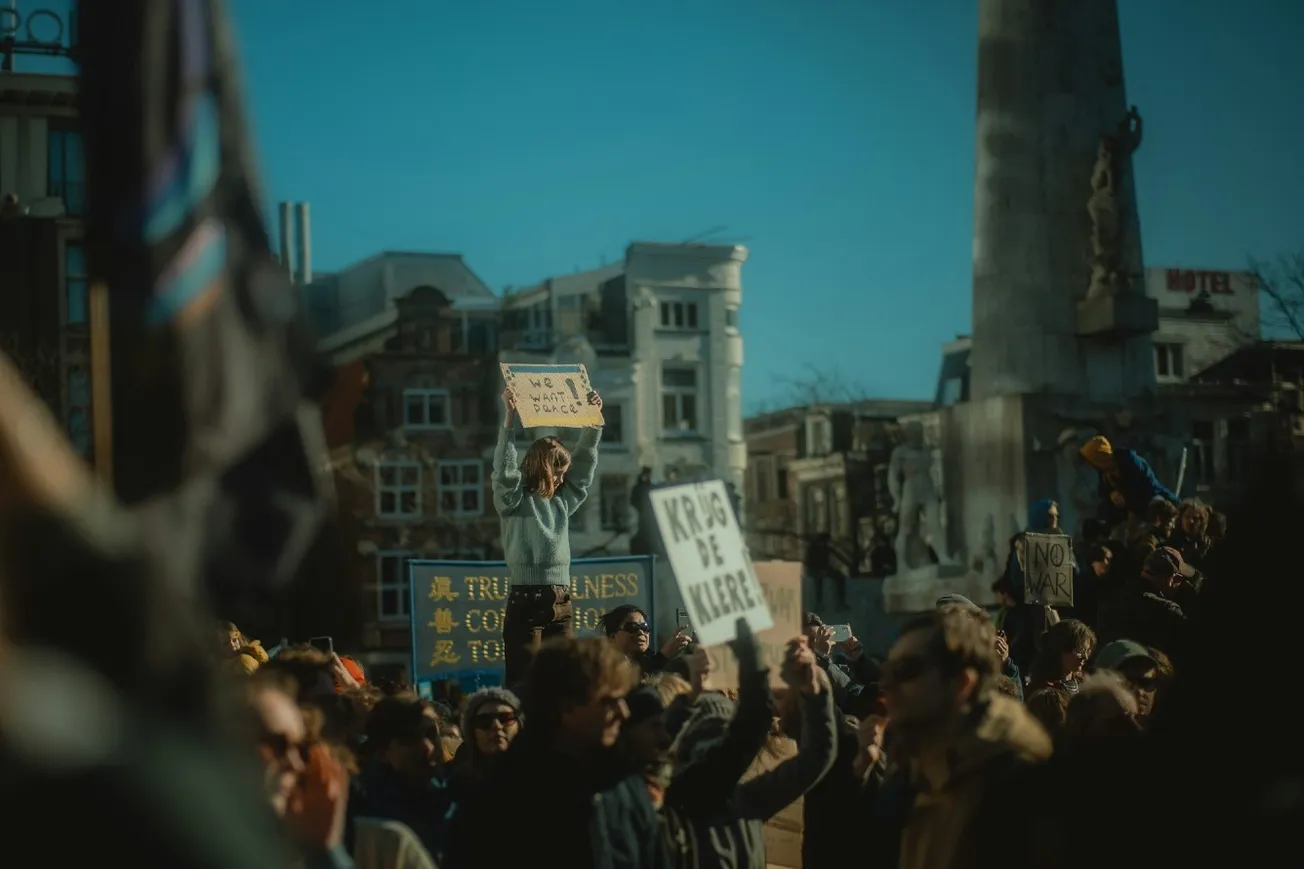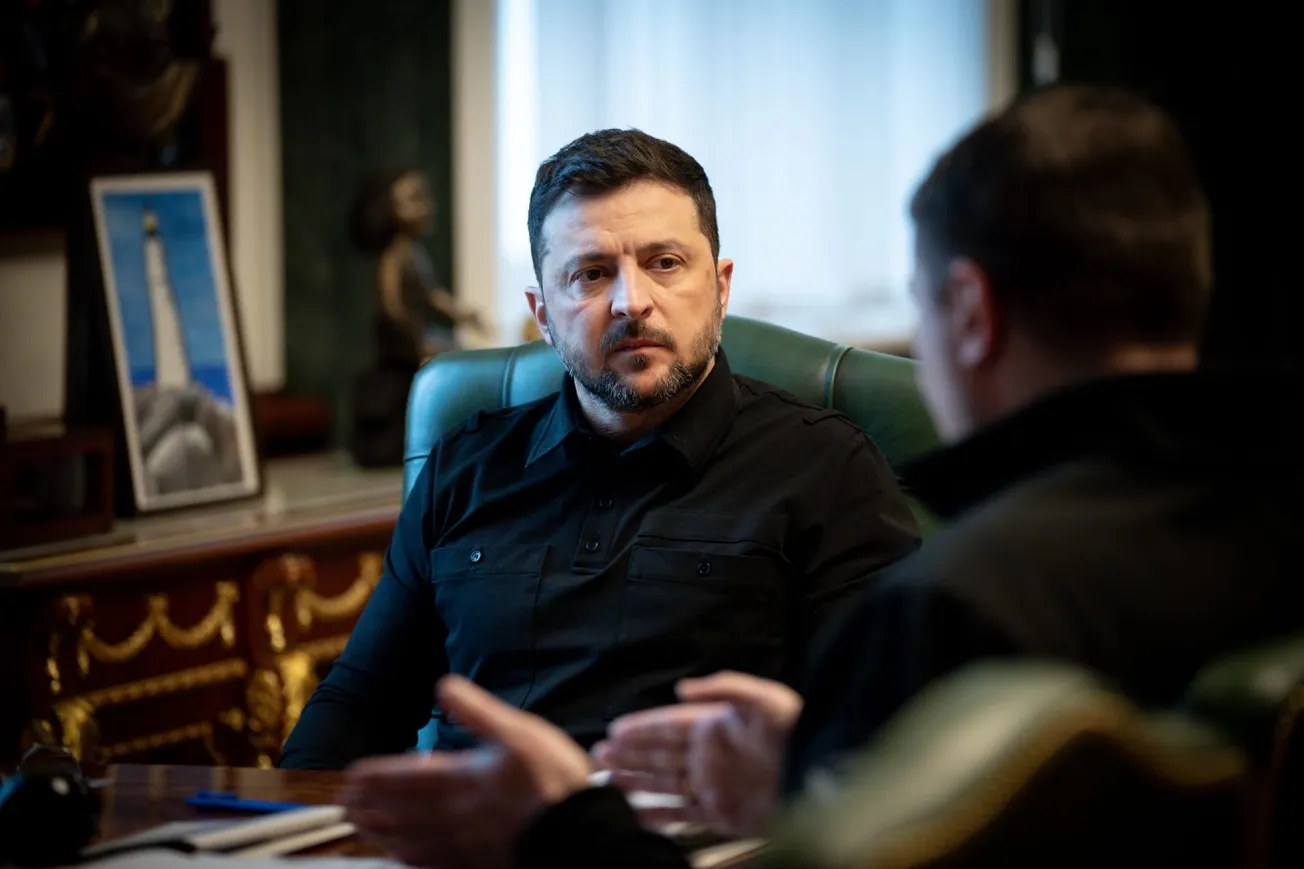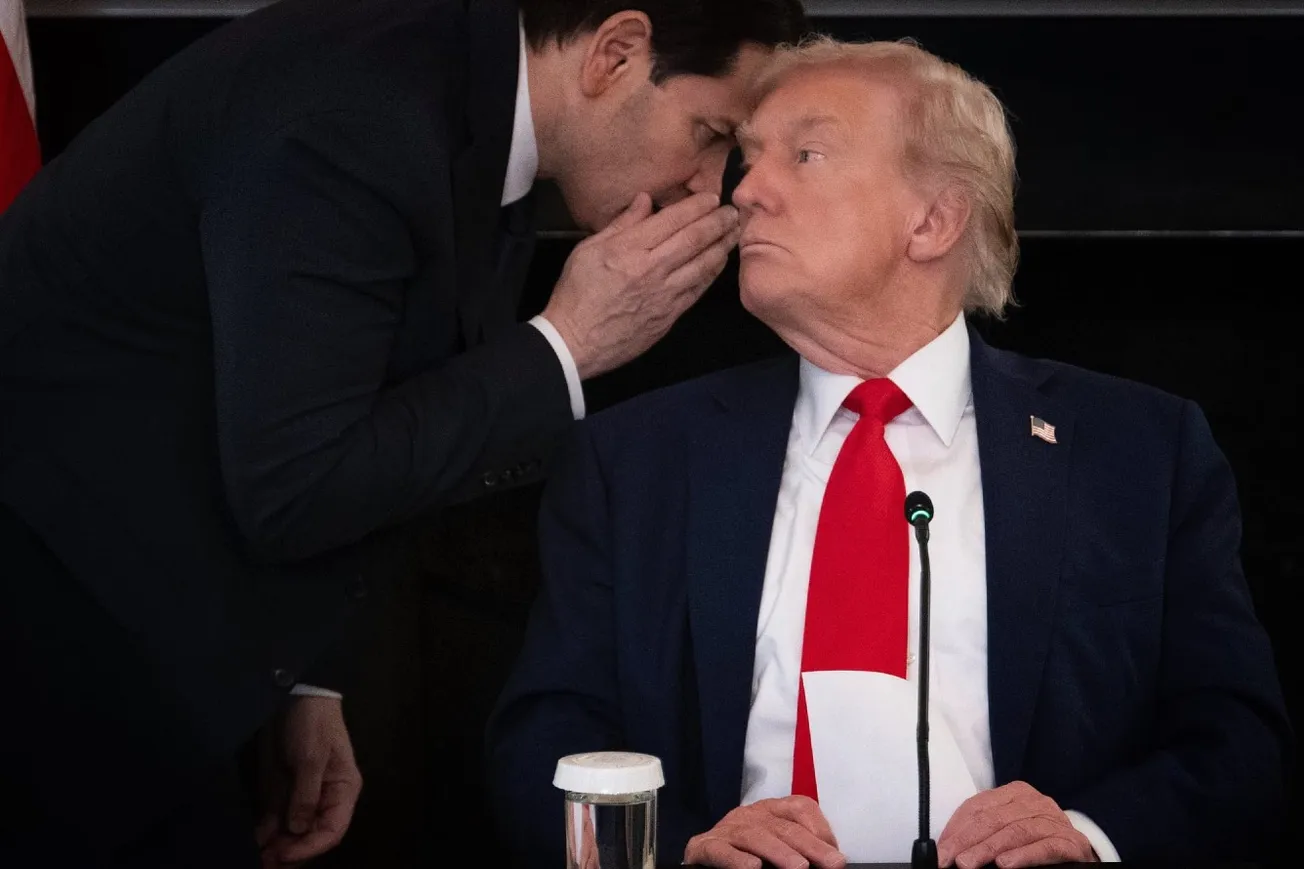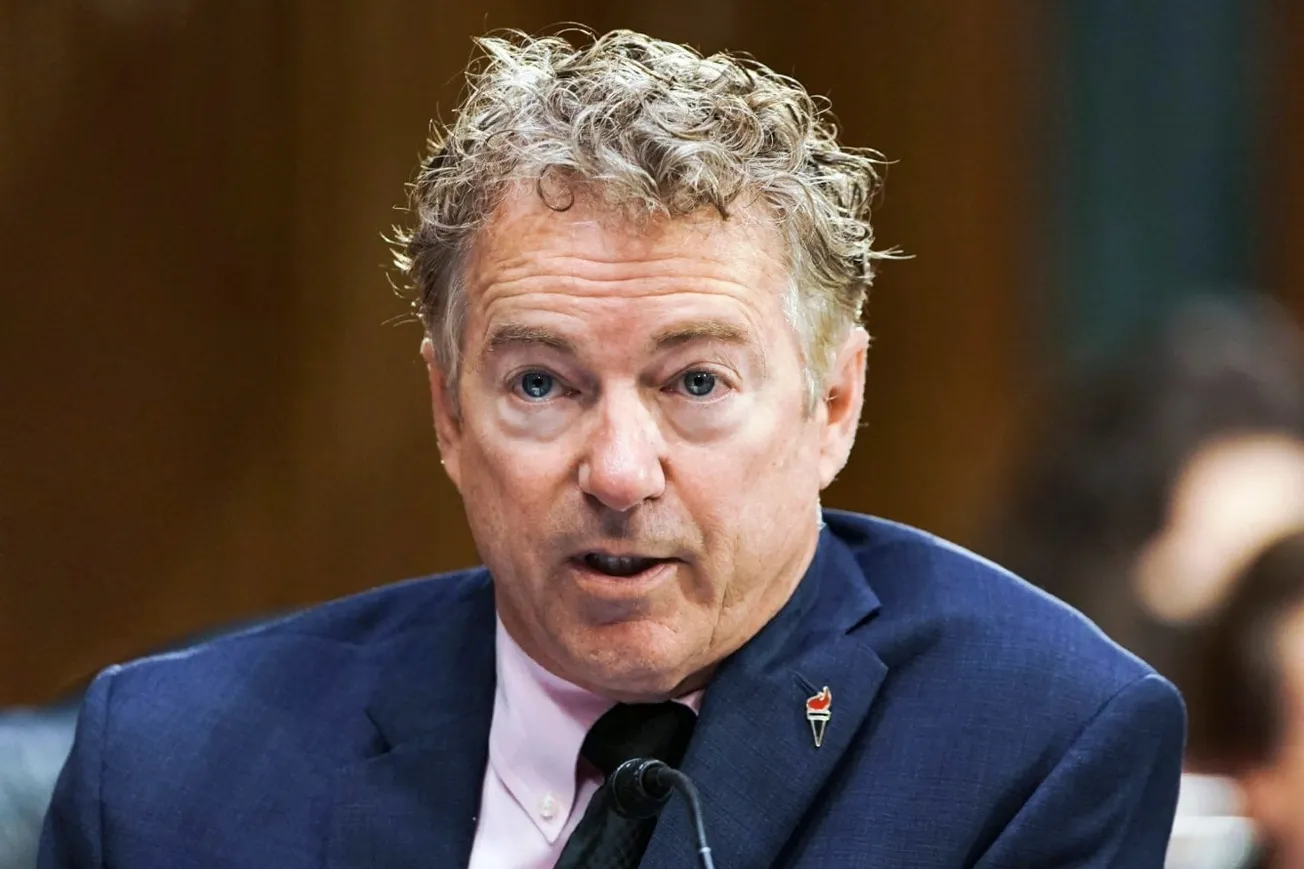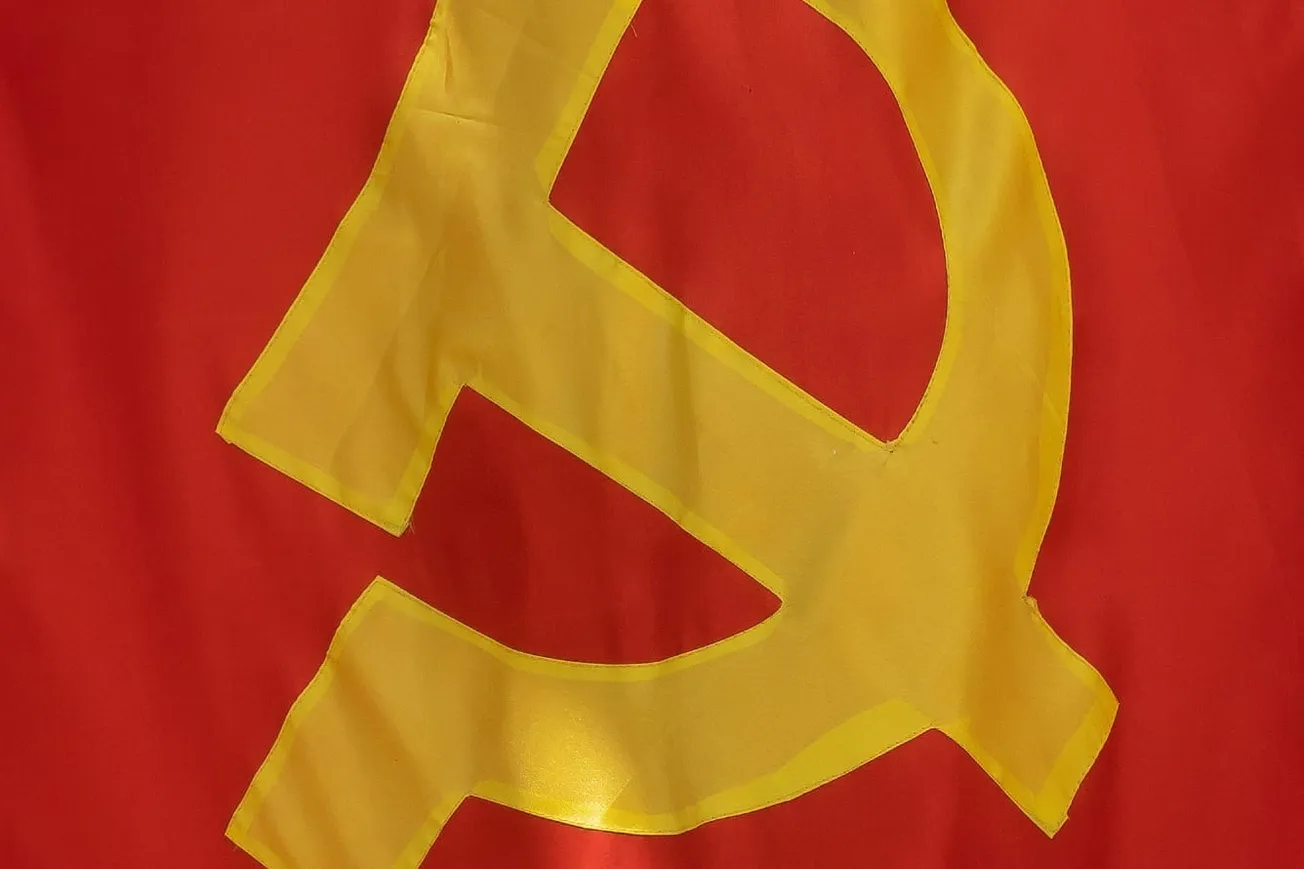By Melkulangara Bhadrakumar, via The Ron Paul Institute | March 28, 2024
A controversy arose needlessly over the advisory issued by the American embassy in Moscow on March 7 to the effect that “extremists have imminent plans to target large gatherings in Moscow, to include concerts” and warning US citizens to “avoid large gatherings.” It took the form of a diplomatic spat and momentarily at least, the American claim that they shared the ‘information’ with the Russians hinted at the ineptness of the security agencies in Moscow while the latter hit back saying there was nothing specific or actionable that the Americans conveyed.
Clearly, Washington was in possession of some information which was at the very least credible enough in terms of its source but was not specific enough for Moscow. Interestingly, the UK embassy in Moscow also issued a similar advisory cautioning British citizens against visiting shopping centres. The US and British intelligence agencies work in tandem.
However, in a strange pre-emptive move, as it were, the State Department also scrambled within two hours of the horrific attack on the mall in Moscow’s Crocus City Hall on March 22 with a statement declaring that Ukraine was not responsible for the attack. The US’s European allies also began parroting the same line. As can be expected, the Americans got a head start in the propaganda war and that in turn enabled them to craft a narrative — also in real time — naming the Islamic State as the culprit in the horrific crime.
Yet, the very next day, President Vladimir Putin went on to reveal in his address to the nation that what happened was “a premeditated and organised mass murder of peaceful, defenceless people,” harking back to the Nazis “to stage a demonstrative execution, a bloody act of intimidation.”
Importantly, Putin disclosed that the perpetrators “attempted to escape and were heading towards Ukraine, where, according to preliminary information, a window was prepared for them on the Ukrainian side to cross the state border.” But he stopped short of finger-pointing as the investigation was a work in progress.
That is to say, from Putin’s disclosure, it appears that the perpetrators’ mentors / handlers gave them instructions to exit Russian territory after their mission by using a particular route for border crossing into Ukraine where they were expected by people on the Ukrainian side of the border. What now remains in the realm of the ‘known unknown’ is really about the chain of command. This is the first thing.
Second, a storyline has been propagated by Washington that this was an ISIS attack. Indeed, it has been effectively propagated by the western media and was intended as a red herring to confuse dumb-witted folks abroad.
However, in reality, the perpetrators did not behave like ISIS killers on suicide missions who would have sought martyrdom but in this case behaved like fugitives on the run. Nor were they answering the call of ‘jihad’. They were reportedly ethnic Tajiks who admitted that they were hirelings lured by the money in it.
The expert opinion from released videos is also that their movements inside the mall did not show battle skills attributed to well-trained fighters, and they had ‘poor muzzle discipline’, which means they had only minimal rifle training. In sum, theirs was quintessentially an act of motiveless malignity — that is, except the money part.
That said, the US military has been ‘retooling’ erstwhile ISIS fighters lately. Russia’s Foreign Intelligence Service (SVR) alleged in a statement on February 13 that the US was recruiting the jihadist fighters to carry out terrorist attacks on the territory of Russia and the CIS countries.
The statement said, “Sixty such terrorists with combat experience in the Middle East were selected this year in January… they are undergoing a fast-track training course at the US base in Syria’s Al-Tanf, where they are being taught how to make and use improvised explosive devices, as well as subversive methods. Particular emphasis is paid to planning attacks on heavily guarded facilities, including foreign diplomatic missions… In the near future, there are plans to deploy militants in small groups to the territory of Russia and the CIS countries.”
The SVR also noted that “special attention was paid to the involvement of natives of the Russian North Caucasus and Central Asia.”
Significantly, on March 26, Alexander Bortnikov, Director of the Federal Security Service (FSB) said in an interview with Rossiya TV channel that from the interrogation of the detainees so far, there is a political background to the incident. He said radical Islamists alone could not prepare such an action on their own, they were assisted from the outside.
Bortnikov stated: “The primary data that we received from the detainees confirm this. Therefore, we will continue to refine the information that should show us whether the participation of the Ukrainian side is real or not. But in any case, so far there is every reason to say that this is exactly the case. Since the bandits themselves intended to go abroad, it was to the territory of Ukraine, according to our preliminary operational information, they were waiting there.”
Bortnikov added that the terrorist attack had the support of not only the special services of Ukraine, but countries such as Britain and the United States are also behind the massacre. According to him, the prime mover of the incident has not yet been identified, and the threat of a terrorist act in Russia still persists.
Bortnikov’s remarks hint at a classic predicament: Russia possesses evidence of Ukrainian involvement but no ‘proof’ remains inadequate as yet. This is a predicament that countries often face in countering the cross-border terrorism, especially when it happens to be state-sponsored terrorism. Of course, no amount of evidence will be accepted as proof by the adversary ultimately — while in Ukraine’s case, often there is an eagerness to claim credit for bleeding Russia by staging operations on its soil, such as assassinations.
As for the US or the UK, Russians assess that without intelligence inputs, satellite imagery, and even logistical backing by the western powers, Ukraine does not have the capability to undertake operations deep inside Russia or the sort of complex attacks targeting Russian war ships of the Black Sea Fleet. But the western powers are invariably in a denial mode when confronted with such accusations by Russia.
There is no question that the Crocus City Hall attack will have profound geopolitical consequences and will impact the trajectory of the Ukraine war. The incident has rallied world sympathy massively for Russia. It is a huge challenge of statecraft now for Putin to act decisively, as the Russian public will expect, to completely uproot the dark forces entrenched next-door.
Conceivably, that may involve Moscow shaking up the very foundations of the house that Washington built in Kiev after the 2014 coup. The New York Times recently disclosed that the CIA keeps a string of intelligence outposts all along the Ukraine-Russia border regions.
Make no mistake, the US is determined to hold on to the extensive infrastructure it created in Ukraine to mount covert operations and destabilise Russia, no matter what it takes. The bottom line in the western strategy is to weaken Russia and prevent it from playing an adversarial role on the global stage.
TS Eliot’s lines from the play Murder in the Cathedral come to mind: ‘What peace can be found / To grow between the hammer and the anvil?’ The war is slated to escalate dramatically and it is a matter of time before western combat deployment takes place in Ukraine to salvage that country’s residual potential as a frontline state for NATO in the proxy war against Russia. On their part, Russia may have no alternative but to seek a total military victory. The multi-layered Russian reaction will unfold depending on the outcome of the ongoing investigation.
Melkulangara Bhadrakumar is a former career diplomat in the Indian Foreign Service. Devoted much of his 3-decade long career to the Pakistan, Afghanistan and Iran desks in the Ministry of External Affairs and in assignments on the territory of the former Soviet Union. After leaving the diplomatic service, took to writing and contribute to The Asia Times, The Hindu and Deccan Herald. Lives in New Delhi.
Reprinted with permission from Indian Punchline.
Ron Paul Institute link


